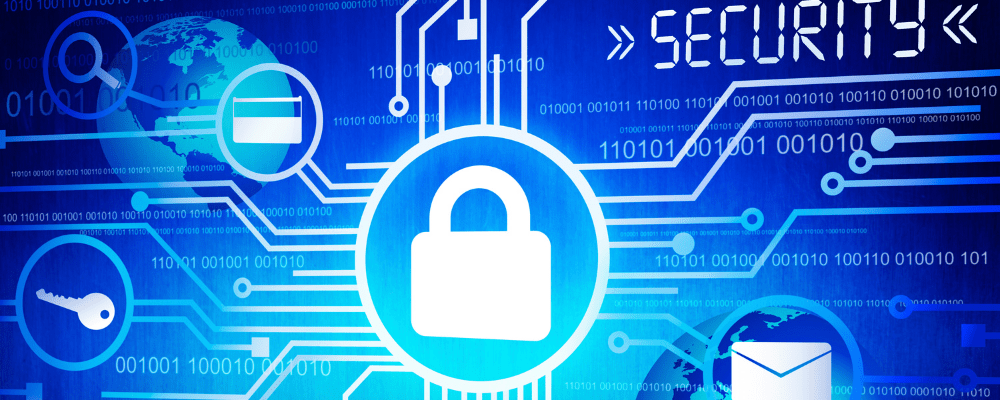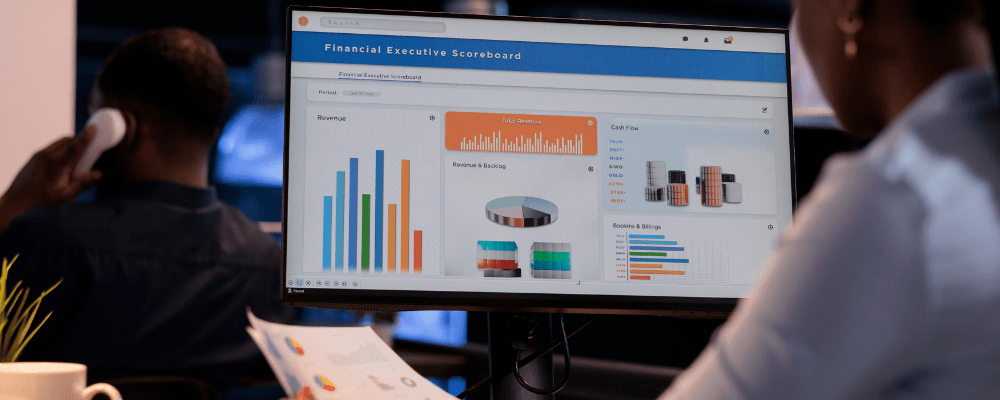In today’s digital age, data security is of paramount importance. Tech experts play a crucial role in ensuring the protection of user data. This blog will delve into the intricacies of securing user data, providing valuable insights and strategies for safeguarding sensitive information.
Understanding the Importance of User Data Security
User data is the lifeblood of modern businesses and services. It encompasses personal information, financial records, and confidential data. Tech experts must recognize their critical role in protecting this invaluable asset.
Threat Landscape in User Data Security
In our relentless digital age, the threat landscape in user data security has grown increasingly complex and treacherous. Tech experts must comprehensively understand the various threats that loom on the horizon to protect user data effectively. This section will dissect the two primary categories of threats within this landscape: Cyberattacks and Data Breaches.
Cyberattacks:
Cybercriminal Techniques: A Multifaceted Menace
Cyberattacks represent a formidable and ever-evolving challenge for tech experts securing user data. These malicious activities, orchestrated by cybercriminals, encompass a spectrum of techniques, each designed to breach data defenses and compromise the integrity and confidentiality of user information.
- Phishing Attacks:
Phishing is akin to the art of digital deception. Cybercriminals employ deceptive emails, websites, or messages to impersonate trusted entities, coercing unsuspecting users into divulging sensitive information, such as passwords or financial details. - Malware Infections:
Malware, an umbrella term for malicious software, includes viruses, trojans, worms, and spyware. Cybercriminals distribute these insidious programs to infect systems, often resulting in data theft or unauthorized access. - Ransomware Assaults:
Ransomware is an especially pernicious breed of malware that encrypts user data, rendering it inaccessible. Cybercriminals then demand a ransom for the decryption key, holding data hostage until the ransom is paid. - Distributed Denial of Service (DDoS) Attacks:
DDoS attacks overwhelm servers or networks with an excessive traffic volume, causing disruptions that can serve as a smokescreen for data breaches or extortion attempts. - Zero-Day Exploits:
These attacks leverage vulnerabilities in software or hardware that are not yet known to the vendor or the public. Cybercriminals capitalize on this window of opportunity to compromise systems before patches can be deployed.
Data Breaches: A Precarious Plunge
Data breaches constitute one of the most catastrophic events in user data security. These breaches, when successful, lead to the unauthorized access, acquisition, or disclosure of sensitive data. The consequences of data breaches are far-reaching and may include:
- Legal Liabilities:
Organizations can face significant legal repercussions for failing to protect user data adequately. It includes fines and penalties under data protection laws like GDPR and CCPA. - Reputation Damage:
Data breaches invariably tarnish an organization’s reputation. Public trust is eroded, potentially resulting in customer loss and damaged relationships with partners and stakeholders. - Financial Loss:
Remediation costs such as data recovery, security enhancements, and legal fees can be substantial. Additionally, the loss of revenue due to operational disruptions can be devastating. - Identity Theft and Fraud:
User data obtained through breaches can be exploited for identity theft and financial fraud, harming individuals whose data has been compromised.The threat landscape in user data security is a rugged terrain fraught with many cyberattacks and the ever-looming specter of data breaches. Tech experts must remain vigilant, continuously update their defenses, and employ robust security strategies to safeguard user data from these relentless threats. The consequences of failing in this endeavor are not only costly but can also irreparably damage an organization’s reputation and its users’ lives.



